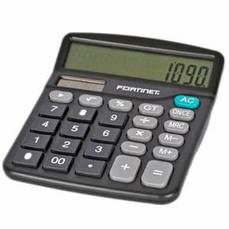Are you looking to improve your take off speed? How about go faster on the freeway? The obvious answer is to change your differential gear ratio, but you're going to need to know what ratio is right for you.
What is the gear ratio, you ask? When we talk about the gear ratio, we're referring to the tooth count on the ring gear versus the number of teeth on the pinion. That number determines how much faster the revolutions of the driveshaft (which rotates the pinion) are than the revolutions of the wheels (rotated by the ring gear).
What is the gear ratio, you ask? When we talk about the gear ratio, we're referring to the tooth count on the ring gear versus the number of teeth on the pinion. That number determines how much faster the revolutions of the driveshaft (which rotates the pinion) are than the revolutions of the wheels (rotated by the ring gear).
| If you'd like more power and torque as you accelerate, you might want to go with a lower gear ratio (example: from 4.10 to 5.29). Going with a lower ratio is the way to go if you like off-roading. If you'd like to go faster on the freeway without worrying about your R.P.M.'s going too high, you're going to want to go with a higher gear ratio. Higher gear ratios will also result in better gas mileage. |
The gear ratio of your differential is also something to consider when you're thinking about changing your tire size. An unmatched tire size and gear ratio will result in poor performance and increased fuel consumption.
You also have to consider changing the gear ratio of the front and rear differentials if you have a 4x4 vehicle. The gear ratio for both differentials have to be the same.
You also have to consider changing the gear ratio of the front and rear differentials if you have a 4x4 vehicle. The gear ratio for both differentials have to be the same.

 RSS Feed
RSS Feed
